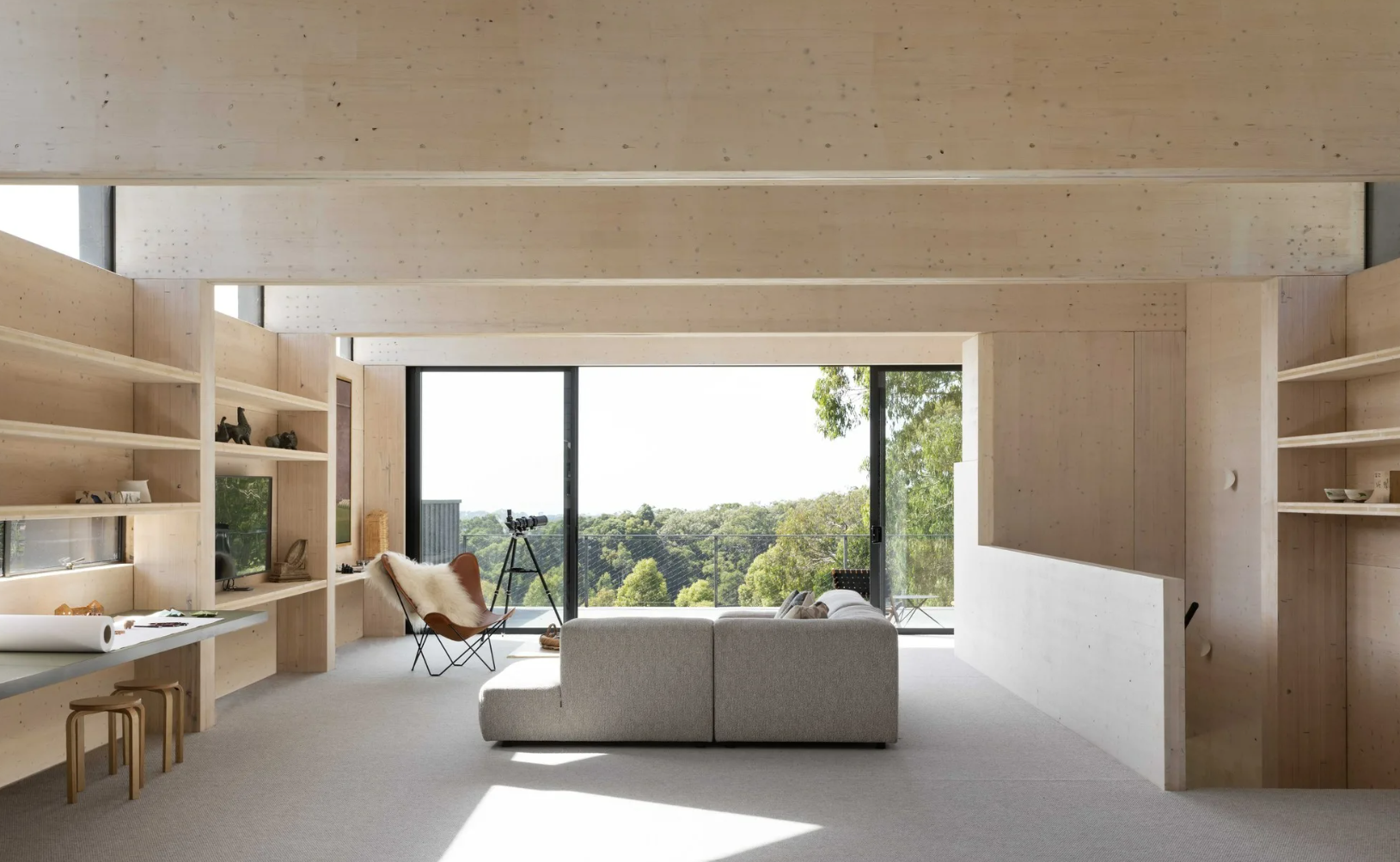Timberlink’s CLT & GLT plant will be the first of its kind in Australia, combing both CLT and GLT in the one facility. The growing mass timber construction market is going to contribute to both the modernisation of the Australian building and architectural landscapes as well as reducing the emissions by using the ultimate renewable, Timber.
With new technologies come new opportunities and there is no doubt that the potential of laminated timbers is only just beginning to be realised around the globe and in Australia.
Professor Alex de Rijke is responsible for the often quoted statement, “If the 20th century was the century of concrete, then the 21st century is about engineered timber.” Prof. de Rijke has a record of pioneering the innovative use of engineered wood products.
The global cross laminated timber (CLT) market is expected to reach $1.6b in 2024, growing by around 15% per year between 2018 and 2024. The cross laminated timber (CLT) market is likely to be driven by rising product demand for construction and building applications, due to its cost-effectiveness and low carbon footprint.
Timberlink is at the forefront of this building revolution and looks forward to working with architects, specifiers and developers to deliver the green buildings of our renewable future.
Benefits of CLT & GLT
The FWPA’s (Forest Wood Products Association) Mid-Rise Program Advisor Paolo Lavisci says “studies and lived experiences reveal a variety of benefits to the use of structural wood products, ranging from production through to the end user.
Perhaps the most pertinent of these impacts lies in the growth of structural wood products themselves. Trees receive much of the energy required for growth through the process of photosynthesis in which the plant absorbs CO2 from the atmosphere, locking it away for as long as the wood remains solid, as even after their first use structural timber elements can easily be re-used or re-processed into other wood products.“ As we know, timber is the ultimate renewable!
A calculation based on the effective growth data of Australian sustainable softwood plantations only (no virgin or old-growth forests), that is typically used by local manufacturers of structural glulam and CLT, and on the current production yields, shows that the times for sustainably growing the structures of a building are really short, just hours.
The below shows how quickly softwood plantations grow. The entire amount of timber from these buildings is regrown in just hours. And when that timber is grown it is absorbing CO2 and releasing oxygen into the air. Conversely, alternative materials like concrete or steel create mass amounts of pollution. “For a tenant, choosing a wood-based building is the best way to validate their intentions of tackling climate change” says Paolo.
_________________________________________________________________________________________________________________________________________________
While CLT production factory is expected to commence production, Oxley Trade is already prepared to supply not only CLT but also GLT projects from Europe.
Check out our current project like 260 sqm House Kit made of these panels.

